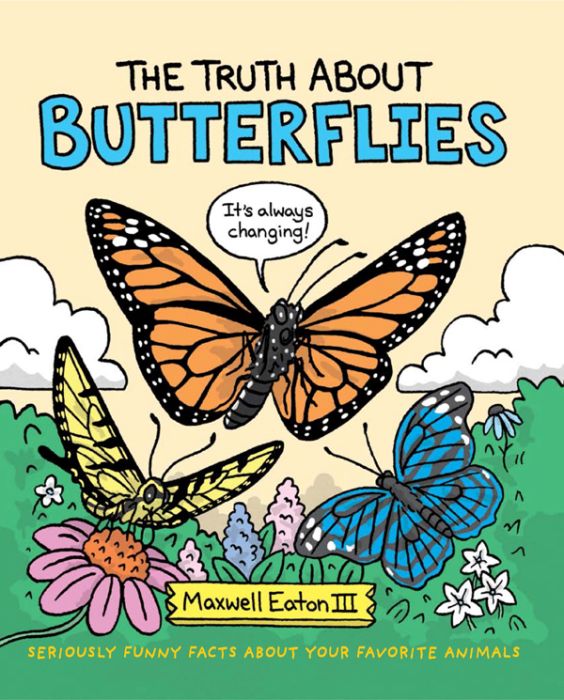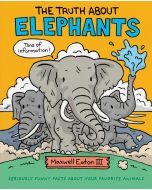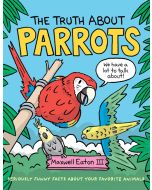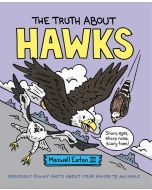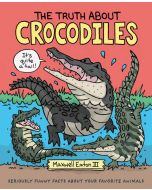
The Truth About Butterflies
Series The Truth About Your Favorite Animals By Maxwell Eaton III
Edition
Series The Truth About Your Favorite Animals By Maxwell Eaton III
Hardcover edition
Publisher Macmillan Imprint Roaring Brook ISBN9781250232533
The Truth About Butterflies
 11.75
11.75
Out of stock
SKU
9781250232533J
Did you know some butterflies have fake antennas to confuse predators?
Did you know butterflies can use their feet to taste?
Did you know some butterflies hibernate like bears?
Did you know Monarch butterflies fly up to 2,500 miles to migrate south?
Discover these facts and many more in this new addition to the popular series that combines raucous amounts of humor with a surprising amount of information on beloved animal friends.
Did you know butterflies can use their feet to taste?
Did you know some butterflies hibernate like bears?
Did you know Monarch butterflies fly up to 2,500 miles to migrate south?
Discover these facts and many more in this new addition to the popular series that combines raucous amounts of humor with a surprising amount of information on beloved animal friends.
Suggestions for further reading. Full-color illustrations.
|
Standard MARC Records Cover Art |
Easy Readers Plus (Grades K-3)
Easy Readers Plus
Easy Readers Plus (Grades K-3)
For Grades K-3
With 14 titles per year, this extended collection provides even more engaging picture books, poetry, and short stories to develop comprehension and vocabulary in young learners.
14 books per Year
$231.70 per Year
Interests
Beginning Readers, Chapter Books, Fiction, Picture Books
Other books in the series

